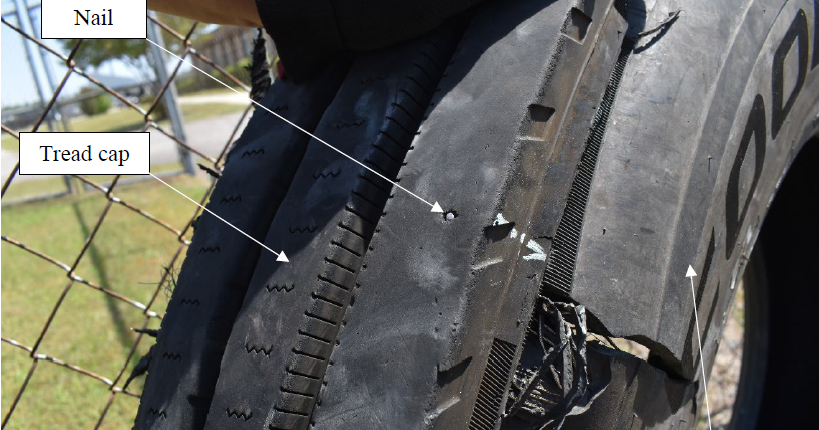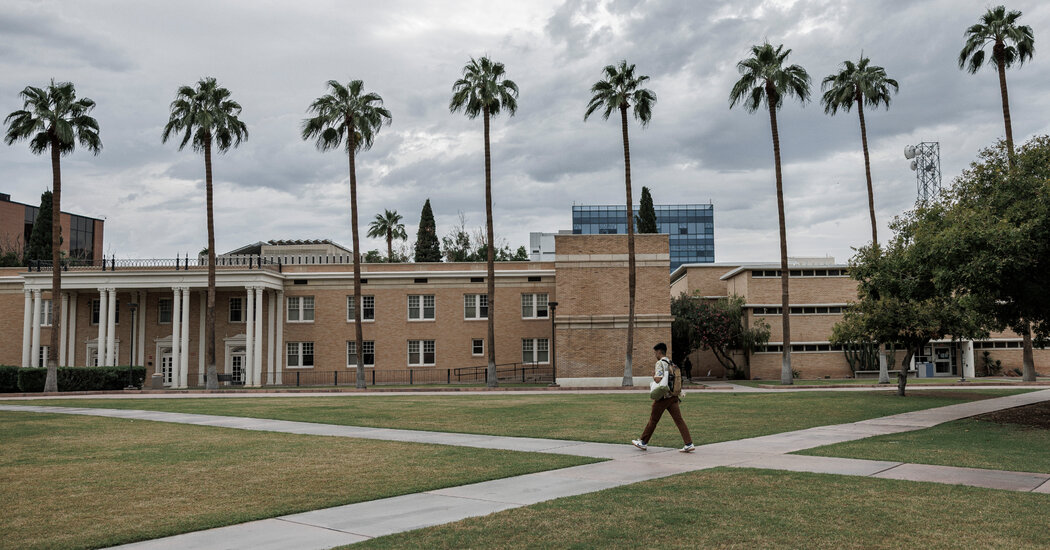Copyright Charleston Post and Courier

COLUMBIA — The parents of eight Lexington students on board the school bus that overturned in April, including the mother of a 13-year-old killed, allege in lawsuits filed this fall that a defect in a tire led to the crash. Their suits offer a different explanation for the tire blowout than the findings of a S.C. Highway Patrol investigation, which concluded that the tire had three small nails embedded in its tread. Those nails led to corrosion of steel threads in the tire, which can in time lead to tire failure, the report said. The driver of the bus also filed a lawsuit arguing that the front-right Cooper Work Series tire on the bus should have been removed before it blew out on Interstate 77, causing the crash. The lawsuits point to the vehicle’s previous tire issues. The parents allege that the negligence of Lexington Two school district, an auto mechanic shop, the bus manufacturer and dealer and the manufacturer of the tire led to the fatal accident. A “catastrophic failure” of that tire sent the bus into the highway’s guardrail and onto its side, killing Pine Ridge Middle School student Jose Maria Gonzalez Linares, according to the investigative report. Its findings were first reported by The State newspaper. The Highway Patrol’s Multi-Disciplinary Accident Investigation Team found that the nails did not pierce the tire’s inner liner, but allowed in moisture that corroded the steel. “The corrosion, in time, led to failures within one or more of the affected plies resulting in the tire failure,” a Highway Patrol investigator wrote in the report’s notes, noting also that a “large portion” of the tire’s tread cap had separated from the tire’s circumference. But the plaintiffs’ attorney, Ronnie Crosby, instead blamed the tread separation on an "inherent design flaw” in the manufacturing of the tires. “I’ve had an expert engineer look at it, and he says that those don’t have anything to do with the tire failure,” Crosby told The Post and Courier, referring to the nails. Crosby declined to identify the engineer until his own investigation was complete. The lawsuits assert that the tire had a “propensity” for a tread belt separation, a “dangerous defect” that was “inherent to the design of the tire.” It argues that the defect was a result of negligence from Cooper Tire, a subsidiary of Goodyear that manufactured the tire in China. Goodyear did not return a request for comment submitted through its online media inquiry form. In legal filings, Cooper Tire and Rubber Company said their tire was not “unreasonably dangerous when used in a reasonable and foreseeable manner and for its intended purpose.” Instead, the company blamed both the driver of the bus, and the technicians tasked with inspecting the tire. “If any defect existed in the subject tire, it was open and obvious to those users who had a duty to inspect and observe the condition of the tire before its use,” the legal filing reads. The activity bus owned by the school district, number D-12, had suffered three previous tire issues before the fatal crash, The Post and Courier previously reported. In 2023, its front-left tire blew out and sent the bus carrying Brooklyn-Cayce High School football players into the median of Interstate 26. Driver also files suit The case filed by the bus driver, Leon Cureton II, does not name the school district. Cureton was driving at an estimated 70 miles per hour at the time of the blowout, beyond the 55 mile per hour limit that state law imposes on all school buses, according to the Highway Patrol report. His bus driver certificate has been suspended since the crash, according to a S.C. Department of Education spokesman. All of the lawsuits allege negligence from bus manufacturer Blue Bird and local bus dealer Blanchard Machinery Company for selling the bus equipped with an allegedly defective tire. A spokeswoman for the Georgia-based bus manufacturer wrote in a statement that company officials were saddened by the accident and committed to safe student transportation. The company would continue to cooperate with all authorities investigating the crash, she wrote. In responses submitted to the Chester County court, Blue Bird denied culpability for the crash, instead citing improper maintenance or "misuse.” Bluebird also blamed the bus driver for negligence. A statement from a Blanchard spokeswoman said it was “heartbroken” to learn of the accident and was committed to ensuring the facts “are clearly established as the process moves forward.” “Nothing is more important than the safety and well-being of children in our communities. Our commitment is to ensure the facts are clearly established as the process moves forward,” the statement read. The suits also allege negligence involving the mechanic shop Jim Whitehead Tire Service and Lexington Two for what’s described as improper tire inspection and the failure to remove the tire from the bus. A technician from Jim Whitehead Tire Service completed a service call on all of the district’s activity buses about a month before the crash to check air pressure in the tires, according to the report. An attorney representing the mechanic shop said in a statement that it expressed its “deepest condolences” to the crash victims. It denied any responsibility for the crash in legal filings.



